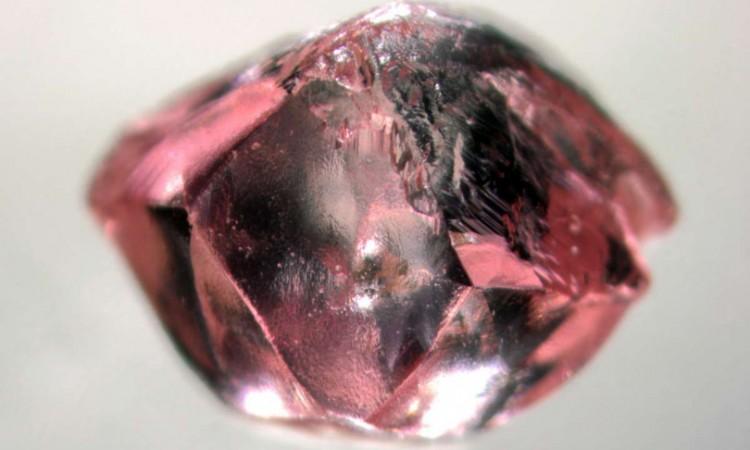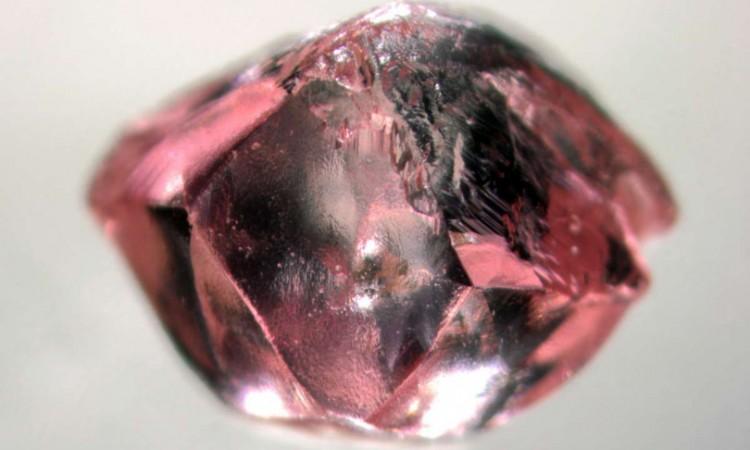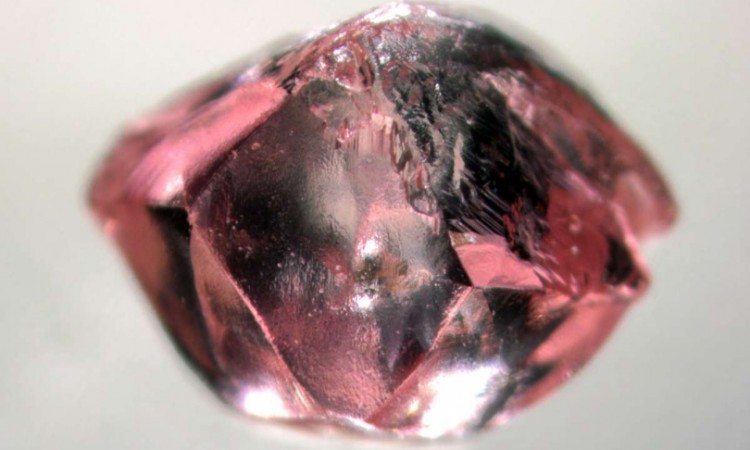The photochromic behavior of the pink diamond has been revealed by Australian researchers trying to understand what causes this coloration.
The team worked out that the pinkness comes from light absorption bands at 550 and 390 nanometers, which can be bleached using ultraviolet light and restored with light of longer wavelengths.
“We have pumped these diamonds with various wavelengths of light and measured the response in both time and absorption intensity,” said study lead author Keal Byrne in a press release.
“What we’ve seen is that the diamond color—the amount of absorption that gives it the pink color—is dependent on both the wavelength and intensity of the light, and what that is consistent with is a model of electron transfer between the unknown pink defect and other defects in the lattice.”
These defects are responsible for the pink diamonds’ behavior.
“Defects introduce energy level transitions into this band gap that absorb visible frequencies of light,” Byrne said.
“So we’re trying to work out what these new energy levels are that are unique to the pink diamond, and by that way we can work out what properties it has and what use it might have.”
The scientists learned that pink diamonds do not get their coloration from the crystal lattice defects or color centers that generate other diamond colors.
“I’m happy that we’ve managed to describe its behavior, but some big questions still exist and hopefully we can answer them,” Byrne concluded.
The study was published in the November 2012 issue of Diamond and Related Materials.
The Epoch Times publishes in 35 countries and in 21 languages. Subscribe to our e-newsletter.






